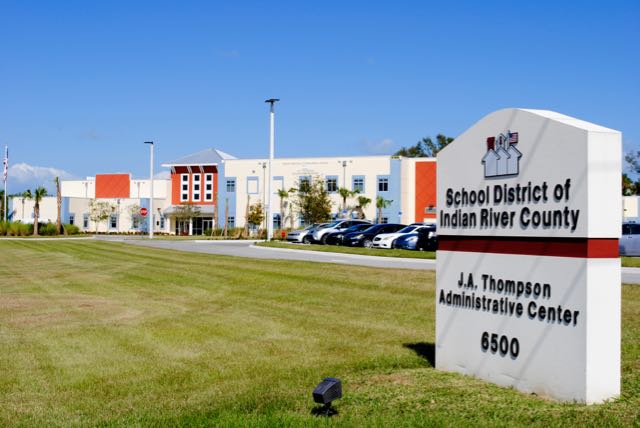
Indian River County’s public schools need $280 million worth of deferred improvements and $8.4 million in annual investment to keep from falling further behind.
However, the school district has budgeted just $6 million for facilities in 2021-2022 and doesn’t plan to increase the annual facilities amount to $8.5 million until 2030-2031, records show.
So, despite $72 million in projected spending in the next decade, the tab for deficient facilities is expected to keep getting larger – increasing by $14.5 million to $295 million by 2030-2031, records show.
To avoid that eye-popping deficit, the school district must ramp up annual spending on facilities, or plan for a major building and renovation program, to keep pace with deterioration, said Tracy Richter, an educational facility planning expert.
Richter, of HPM Planning Services in Dublin, Ohio, spent the past year analyzing the school district’s building data to lay the groundwork for formulating a long-range facilities master plan.
A wild card in the long-range planning process is how the COVID-19 pandemic will affect birth rates and school enrollment trends in the future, said Richter.
“Nobody has any idea what the impact on birth rates of the pandemic will be, but it could go either way,” Richter told the School Board on Feb. 23. “So, you look at it both ways.”
One factor in determining future school repair and construction plans will be whether virtual schooling via computer, instead of attending class in person, continues to grow in popularity, Richter said.
The school district’s enrollment declined to 17,562 in 2019-2020 from a peak of 17,790 in 2014-2015, records show. That’s a decrease of 228 students, or about 1.3 percent.
By 2025-2026, enrollment is projected to go down by another 305 students, or 1.8 percent, to 17,177.
“You’re a flatline district,” Richter said. “You’re not declining a whole lot [or increasing].”
The school district’s 20 public school buildings have an estimated replacement value of $660 million, records show. The $280 million worth of deficiencies amount to 44 percent of the replacement value.
Richter said 44 percent is not an alarming number but that school districts whose buildings are in great condition generally have a deficiency rate below 40 percent.
Among the next steps in the planning process are conducting more detailed assessments of building conditions and developing 5-year, 10-year, and 15-year plans for facilities renovations and replacements.
The school district plans to seek community input from March through June. School boundary planning will be worked on from June through October.
“This is an ongoing conversation for the next year and a half to two years as we create a facilities master plan,” said School Superintendent David Moore.



